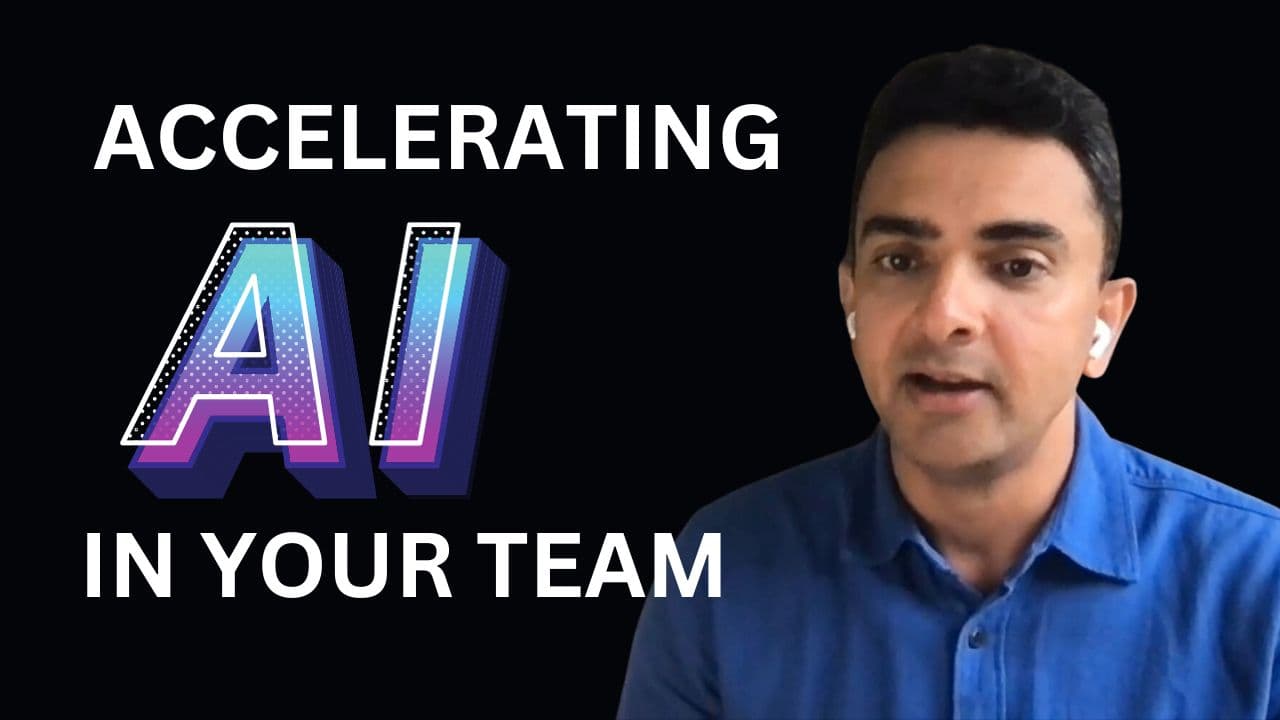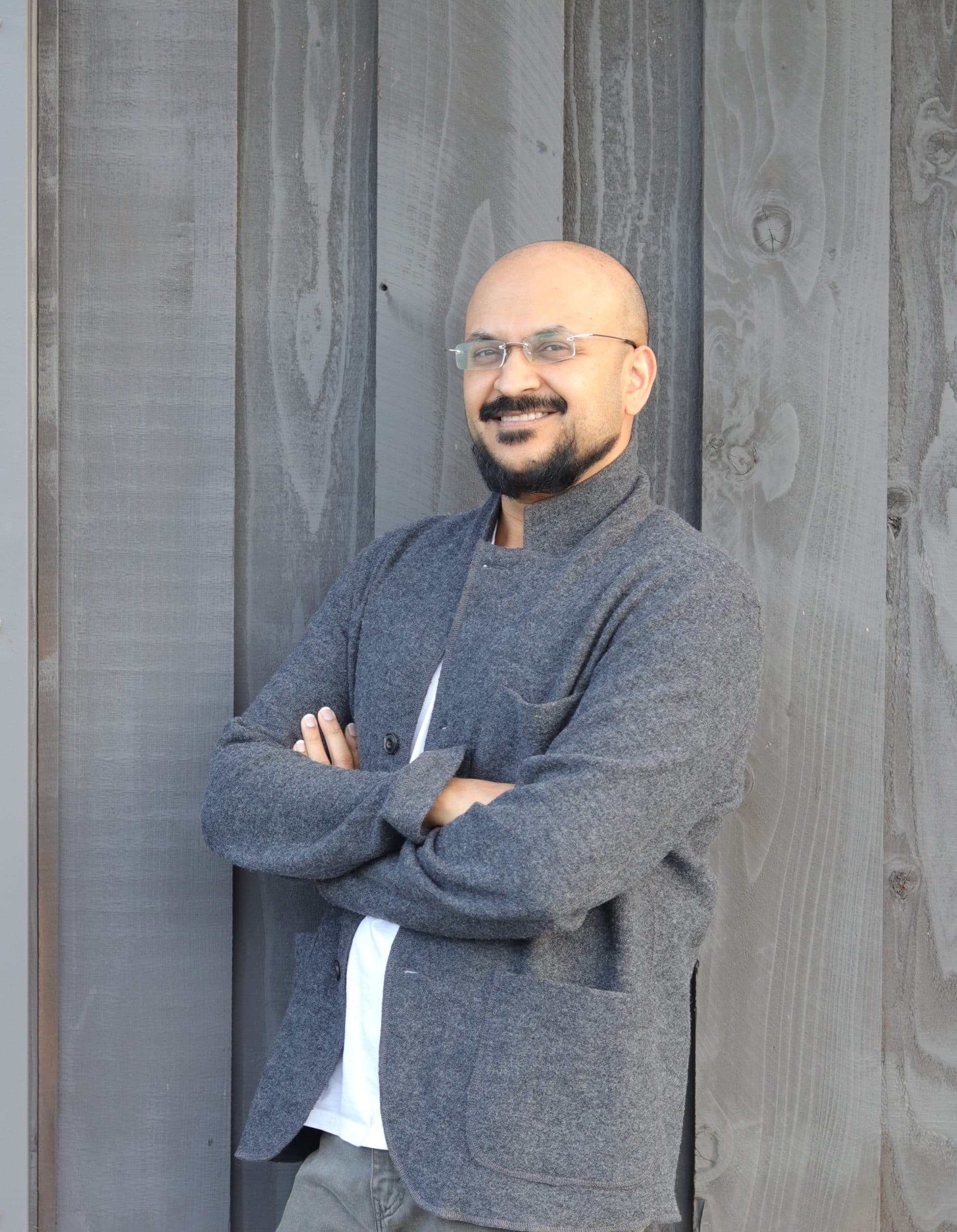Interview with Poorani Jeyasekar, Delivery Lead for Celerity Consulting
Published on Jan 26, 2018
11 min read


Location: Mclean, Virginia
Current role: Delivery Lead for Celerity Consulting
What is your background, and how did you get into management?
My background is engineering and continuous improvement. I started working in training development and then moved to continuous improvement project management, and then ended up in technology where I had the opportunity to lead teams. And that’s how I ended up in management.
What are the biggest challenges you face?
Poorani: One of the challenges that I face is keeping the people focused on the work that they’re doing and teaching them how to influence. Sometimes the work we do is non value-added work, which eventually turns into value-added work. I’m using continuous improvement terminology, if that makes sense to you.
Vidal: Maybe you could define that, because some people reading this interview might not know what that means.
Poorani: Yeah. In Lean, non-value added works is work that does not add any value to our customers and you work to eventually eliminate it. In my current work, we have to do busy work or non-value added work which may become foundation for upcoming work. As part of consulting, we have to do non-value added work that may not directly benefit the client but helps us build a relationship and demonstrate that we are able to deliver work. It also helps show the client that we understand their organization’s purpose, culture, and the way they do work.
When working with millennial colleagues, they expect everything to be instantly gratifying or provide immediate results. It becomes a challenge to get them to understand we may have to non-value added work or busy work to build relationship or become a part of the client’s team. Producing results takes persistence, patience and determination.
Especially, when you start working as a new team, you have work with each other to understand each other work styles, habits and the work itself. This part is not instantly gratifying, however as time goes by, it helps you get you into the rhythm of doing work together and deliver flawlessly.
Vidal: Got it. Can you maybe give an example of some item like that that’s maybe a little bit more concrete?
Poorani: Sure. The current project that I work with is a financial services client and they have ‘command and control’ management method, which means they tell you what to do and you do it. It is our job to influence them to veer off of ‘command and control’ and adopt different leadership style where the team is empowered to ask questions, improve on the work and make the work visual and transparent.
When we started working with the client, I asked my team to comply to most of their requests. Sometimes it might not make any sense, but we will still comply. For example, our definition of quality for a requirements document is having the right content from the right audience so that they can design a good product or to make an informed decision. Our client’s definition of quality is perfect formatting of the document and not the content in the document. There is a gap between our definitions.
In order to bridge the gap, we have to first have to get our clients to understand our perspective. Initially, they don’t trust consultants.
The first step is to show people that you can deliver what you promise them. Then, put yourself in their shoes and understand their perspective and reasons behind their actions. Third step, is to start making suggestions or improvements on little things that are beneficial and easy.
Once they start seeing the benefits we can slowly influence them to say yes for bigger things.
In the above example about requirements document delivery, we complied with the client’s request and delivered the first requirements document their way. Then we suggested an online tool that will make the work easy for all us to share, edit and collaborate. Even though they were reluctant, they tried it out. They like the tool and agreed to use it for one project. Now, they love the tool and are using it on a regular basis for all projects. Their definition of quality is also evolving and focuses more on the content and less on formatting.
And when you are a millennial, you want people to listen or follow you instantly. Influencing change takes time. I have to constantly remind millennials that our efforts will pay off and we need to be patient.
Vidal: Wow, thank you. That’s an interesting challenge.
What is your approach to hiring?
My approach to hiring is to look for people that have three qualities – Willingness to learn, flexible attitude and an inquisitive mind.
In technology, people with great technical knowledge are hired and they are very good at what they do. Sometimes, technical experts,are only good at what they know, and don’t want to learn. They just want to stay inside their box. But technology environment is constantly and we have to keep on learning. So I’m always looking for people who have the ability to learn, who are willing to learn, and want to learn.
It makes my job much easier when are people willing to learn and adapt, because when I put them in a new environment they quickly adapt, learn and grow. And I can help them adapt and I can help them grow, but if they’re not willing to learn, or if they don’t have that mindset, then that kind of stops everything from moving forward.
Second quality is inquisitiveness.I look for people who ask a lot of questions in a good way, because they are constantly questioning every assumption that we make. And when you’re an organization or a team for awhile, you get used to doing the same routine, and you forget to ask, is there any value in what we are doing or can you really improve? You stop thinking that because you become so comfortable and secure. Highly inquisitive people are always looking for ways to do things effectively and efficiently, and they ask why. “Why am I doing this? Does this make sense? Inquisitiveness helps you make improvements and add value
Third quality is flexible attitude, because we are in a role where we interact with people of different race, culture and generation. I want people to have a flexible attitude so that they can adjust. The example I give, you have to be like a river. If you hit a rock, you find a path to go forward. But if the space is open, you go really fast. So you learn to adapt to your circumstances and move depending on the pace of your team’s culture and organizational culture.
What is your advice for managers who are just starting out?
My advice is, when you start out, the first 30 days start with your team and understand your team. What are their strengths, what are their opportunities, and what is the mission and focus of your team? What have they accomplished, what do they have to deliver, when do they have to deliver, who do they hand off the deliverables to and how do you care and feed your team?
The second 30 days, go to your leadership. Understand what does your leadership want out of your team, and why do they want it and how do they want it? And the third thirty days talk to all the external people that are interacting with your team and touching with your team.
After 90 days, your interactions and assessment will help you come up with a strategy to lead to care and feed your team, and your team’s purpose. Especially when you inherit existing teams.
What is your workday like, and how do you manage your time, your emails, things like that?
Poorani: The way I manage time is, I block time for emails and save time for Skype communication, like in a chat communication in a day. I do my emails first thing in the morning, and then in the afternoon right after lunch, and at the end of the day. I’m not the kind of person who keeps on checking my email and then responding. I like to think and respond. And then I try to touch base with my team at least twice a day to check if they need something from me, or if there’s any impediments or constraints. Frequent check ins help to understand how your team is doing physically, emotionally and professionally as well.
I try to avoid as many meetings as possible if I don’t need to be there. When someone invites me for a meeting, I ask them, “What is the purpose of the meeting? Is to inform, decide, communicate, collaborate or brainstorm?
And then at least for 15 minutes a day, I try to do a learning activity. I also have time for follow ups. Because most of the time when you’re leading, the key part is following up with people. I allocate time for that. I have dedicated Fridays as “Follow-up Friday.” All the work that we have done the first four days of the week, I compile everything together, and then on Friday I just keep it for just following up with people if I can so that way I’m not distracted with making any important decisions, or anything else. If something comes up, then follow-up goes to the back burner, but that’s how I try to prioritize my day.
I also use the … Have you seen the Eisenhower Matrix? Important vs. urgent. Have you seen those?
Vidal: Yeah, there’s like four quadrants, of urgency and importance right?
Poorani: Importance, right. I try to use … When there’s a lot of things going on and I feel really overwhelmed or I don’t where to attack, I use that quadrant to categorize my work so that I can focus on things that are most important and urgent, especially in the mornings when I need to get something right off the bat in the beginning of the day so that I can move on with the other … If not, it’s like constantly on my mind, and I can’t focus on anything else. I try to do that.
What’s a personal habit that contributes to your success?
I am diplomatic, and I drive. By drive, I mean I take initiative, I drive decisions, I drive for results, and then … I don’t know how to say this. It’s like, I’m intrinsically motivated. Like, nobody has to tell me that I need to do these things, I just do it. You could tell me that I need to take care of something, and I’ll just figure it out and I’ll get it done. That irrespective if its work or not, people really like that because they don’t have to tell me things twice. What is that quality? I don’t know what you call that.
Could you share an internet resource or tool that you can’t live without?
I want to mention the Deming Blog at https://blog.deming.org/ because that’s something I go back to pretty often.
And John’s curiouscat management blog. Lean Enterprise Institute has it’s own blog https://www.lean.org/. Those are the three things I constantly go to often.
And apart from that, I also have Google Alerts set up in terms of leadership. like any design thinking, any new methodology that kind of pops on my radar, I try to learn a lot about setting Google Alerts. So what that tells me is, once I started hitting all of these articles and I start reading through them, I tend to recognize trends and patterns in what they are. And then it’s easy for me to understand the methodology or the subject. And whenever something new comes up, my understanding is really quick, and when I read through it I can really read fast because I already understand … It’s the same article that’s been written by different people with different perspectives, and once I get the different perspectives, it’s very easy to comprehend what they’re saying.
If you could recommend one book to managers, what would it be and why?
Poorani: Peter Drucker’s Effective Executive is what I would recommend. I think the reason I would recommend people to read it is because it’s a really short book, and it talks about how knowledge management really happens in an organization. And Peter Drucker also talks about, what should a good leader really do, and why, and how to be effective and efficient when you’re getting things done. And it’s a really old book, I think he wrote it in the 1960s I guess. It’s been there for more than 25 plus years for sure. But it’s still relevant to what’s going on today and how people are leading today, especially with the technology and the distractions that we have where we are not able to focus on one particular thing for a period of time. Peter talks about, how do you focus on the task at hand? How do you think about the future? How do you plan for the future when you have a team that is at Point A, and how do you take them to Point B?
Vidal: Yeah, I think that’s good. Yes, it is an older book, but a lot of this stuff is true. I think sometimes people forget about these classic books. It’s just people, and it still applies.
Poorani: Yeah. And that hasn’t changed. And if you see all the new authors who have written … Like Daniel Pink’s Drive, or if you go see Simon Sinek, have you heard of him?
Vidal: Yes.
Poorani: All of the books. Simon Sinek, Daniel Pink. There’s another. What is his name … John … All of them, if you go to any of their bibliographies, they have Peter’s book. When I read books, especially with new authors who have just come out lately, I try to go look at the bibliography and see where have they done their research, or how did they start? And if you see most of the authors Peter Drucker’s one. Russell Ackoff is another person, and the third person, Dr. Deming, is the other one.
In technology, if you look, especially with technology in Agile or Kanban or any methodology, Lean, everything kind of stems from those three people. And those ideas have been taken and converted into multiple facets or forms. And I feel like when you’re learning something, especially about leadership, you go to the roots and get a good foundation. Then, you build upon it. Peter also talks about reflection and self-awareness in his book which are key qualities for being a leader.
Vidal: I think that’s really a very interesting idea. When you look at these modern books, like you say, look in the bibliography, and see where did they draw the inspiration from. I bet a lot of people don’t do that. I don’t do that.
Where can people go to learn more about you?
My LinkedIn profile is where I’m most active. I have a Twitter handle, but I’m not very active on it.
https://www.linkedin.com/in/pooranijeyasekar/
https://twitter.com/pooranisekar
This series asks engineering managers to share their experiences with the intent of helping other engineering managers learn and improve. Have someone you want to see featured or questions you think we should ask? Contact me.





